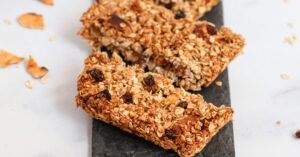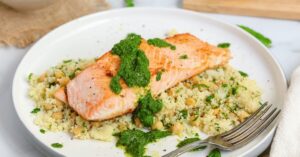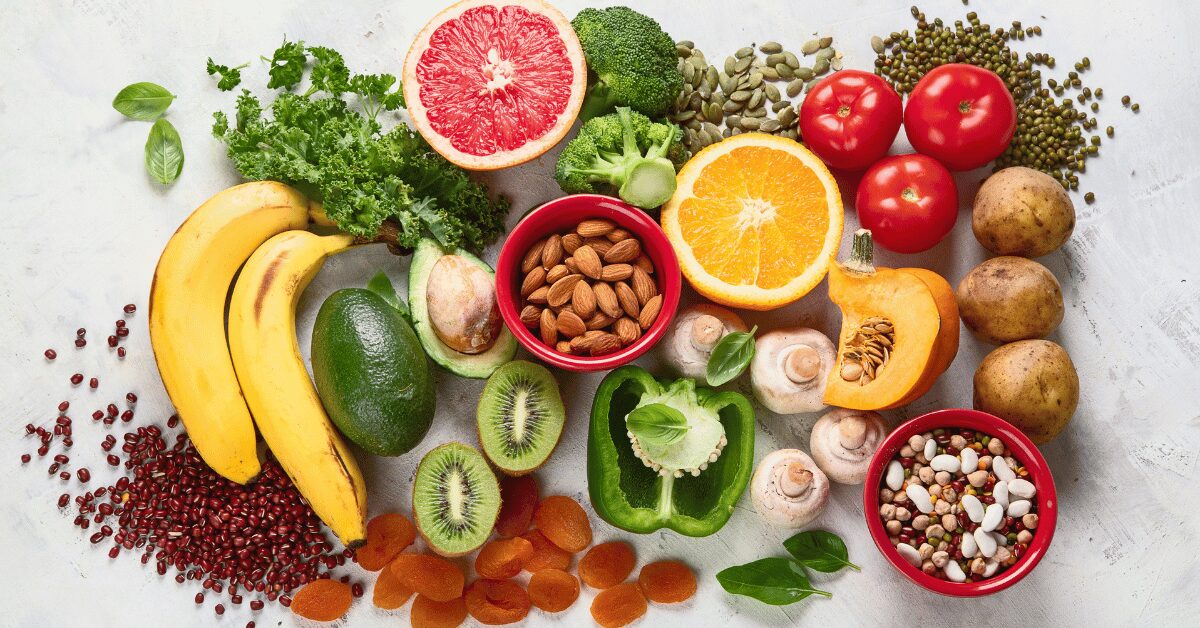
We hear it all the time:
“Eat more fiber for your gut.”
But the how matters just as much as the how much — especially if you’re dealing with symptoms like bloating, constipation, gas, or inconsistent digestion.
Yes, you can absolutely reach 30 grams of daily fiber without discomfort.
But if you’re coming from a low-fiber baseline or have an imbalanced gut microbiome (think SIBO, dysbiosis, or sluggish motility), flooding your system with raw veggies and whole grains can do more harm than good.
Fiber Isn’t the Problem — It’s How Your Gut Is Processing It
Fiber isn’t something your body resists — it’s something your microbiome metabolizes.
And when your gut bacteria are in balance, they can transform fiber into short-chain fatty acids (SCFAs) like butyrate, which:
- Reduce inflammation in the gut lining
- Support immune regulation
- Enhance intestinal motility
- Improve insulin sensitivity
- Even support mood and cognitive clarity
But when fiber is introduced too quickly — or when your gut isn’t ready to ferment and absorb it well — it can trigger symptoms like:
- Bloating and cramping
- Irregular stools
- Fatigue or brain fog after meals
That doesn’t mean fiber isn’t right for you. It just means your gut needs a gradual, strategic approach — one that supports microbial diversity without overwhelming your digestive system.

A Gentle, High-Fiber Day (30g Template)
This one-day fiber-support outline gives your body what it needs to build tolerance, feed beneficial microbes, and support gut-brain resilience — without forcing anything.
Feel free to adapt based on your body’s feedback — this is a starting place, not a prescription.
🌞 Morning (9–12g)
- Overnight oats with chia seeds – 7g (Recipe here)
- Handful of raspberries – 4g
- Optional: 1 tsp ground flax in your smoothie – 1–2g
💡 Why it works: Soaked oats and chia are gentle, hydrating, and rich in soluble fiber, which helps create a soothing gel-like texture in the gut — great for bowel regularity without irritation.
🌿 Midday (8–10g)
- Lentil soup – 8g (Recipe here)
- Mixed greens salad with avocado – 2g
💡 Why it works: Cooked lentils are easier to digest than raw or canned beans and offer prebiotic support. Avocado adds fiber plus healthy fats to keep blood sugar steady.
🌅 Afternoon Snack (4–6g)
- Carrot sticks + hummus – 4–5g (Recipe here)
- Optional: Small apple with almond butter – 3–4g
💡 Why it works: Pairing fiber with fat helps slow digestion and reduce blood sugar spikes, while raw options are limited to keep fiber intake manageable.
🍽️ Dinner (8–10g)
- Quinoa or wild rice (1/2 cup cooked) – 3g
- Roasted root vegetables (carrots, parsnips, sweet potato) – 4–5g
- Steamed broccoli or sautéed greens – 2–3g
💡 Why it works: Lightly cooked cruciferous and root vegetables support the microbiome without overwhelming it. Diversity of plant fibers encourages a richer gut ecosystem.
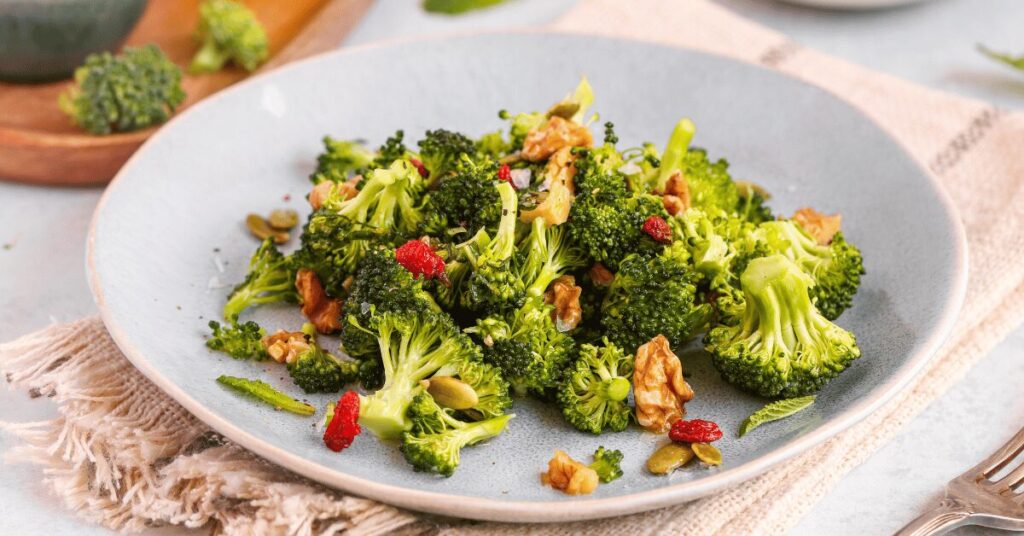
Gut Truth: You Don’t Have to Overhaul Everything
Supporting your gut doesn’t mean flipping your entire diet overnight.
It means making small, strategic shifts that your body can actually process — so healing happens without resistance.
Want to Know What’s Actually Going On in Your Gut?
If you’re eating well but still feeling off — sluggish energy, cravings, brain fog, or digestive drama — your gut might be out of sync. And knowing why is everything.
👉 Take my 3-minute “What’s Your Gut Imbalance Type?” Quiz here
You’ll receive a personalized 7-page report with:
✅ Your specific gut imbalance type (e.g. low stomach acid, bacterial overgrowth, or barrier dysfunction)
✅ Targeted food and lifestyle strategies to support healing
✅ A clear, functional medicine roadmap to help you start feeling better
This quiz is your next step toward understanding your gut — and finally supporting it in a way that works with your body, not against it.
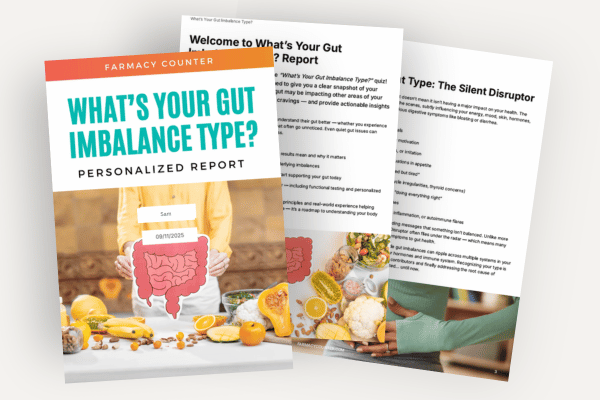
What’s Your Gut Imbalance Type?
Take our 3-minute quiz to discover your unique gut type — and get a personalized 7-page report with insights and actionable steps to support digestion, energy, mood, and overall gut health.



